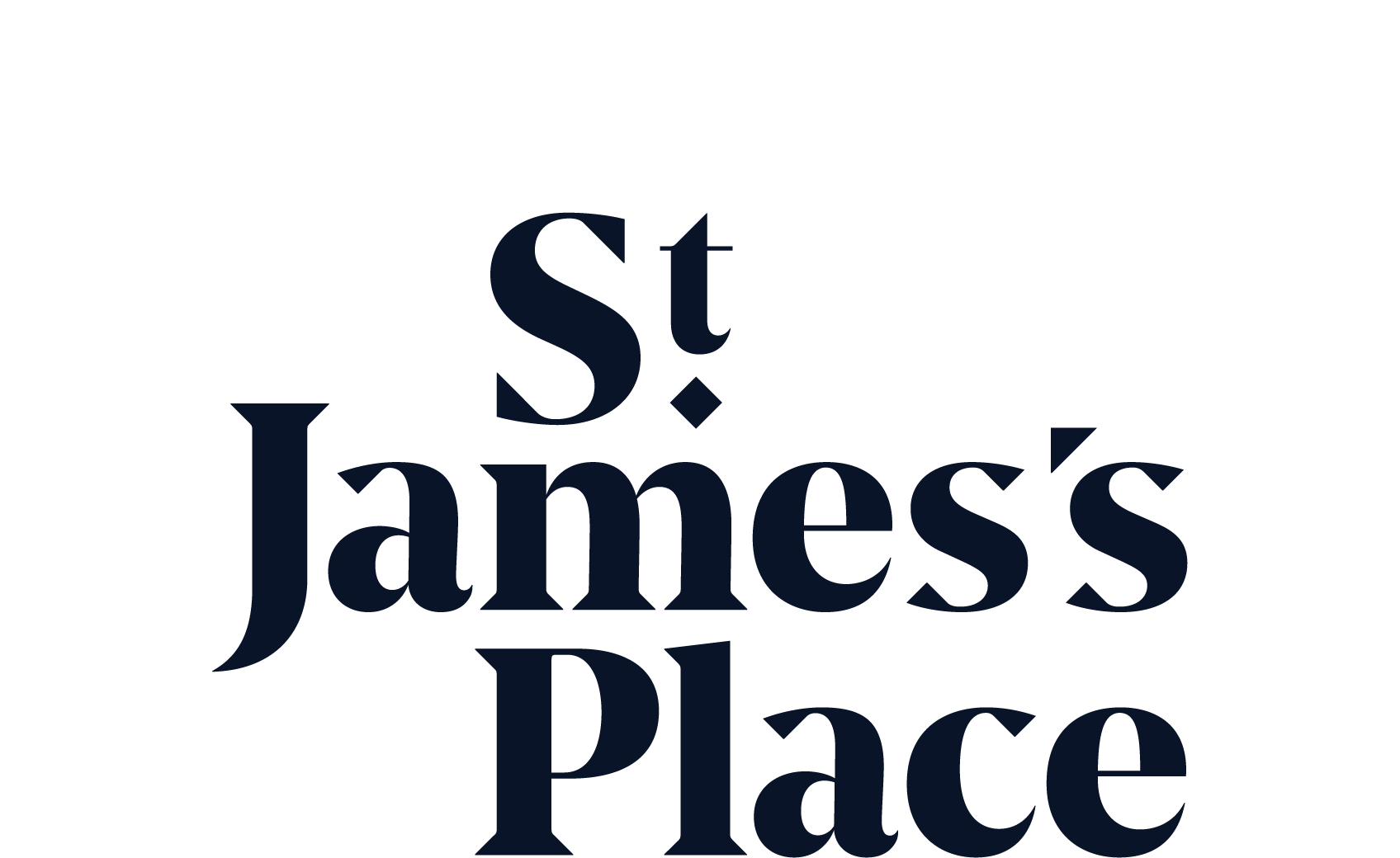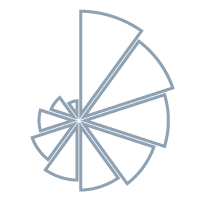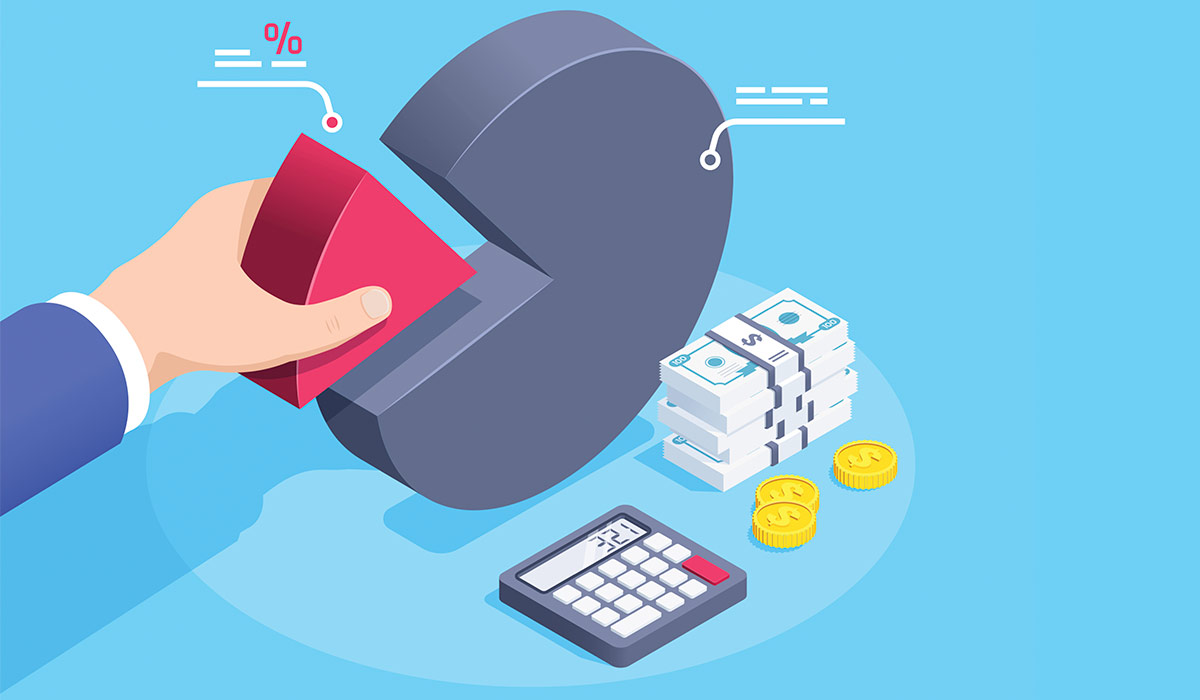Read time: 4m read
For many business owners, the two years following the COVID-19 outbreak have been about surviving – or at least operating with extreme caution in an environment unlike any other.
Now, with the worst of the pandemic (hopefully) behind us, there are opportunities to start growing again and to begin making decisions with more confidence.
Despite the economic challenges of 2022 – including runaway inflation, rising interest rates and a jobs market where the best talent is snapped up in an instant – many businesses are starting to boom again.
If this is the case for your company, you may want to cash in on your success by extracting some profits. But how do you effectively judge how much you can withdraw from your business without causing future cash-flow problems? And what are the tax implications when you take cash out through dividends, salary or by paying into a pension?
Judgement call
How much you decide to withdraw depends on your plans for the future – both personal and for the business – and how much risk you’re willing to take.
“It’s both an art and a science,” says Simon Martin, Consultant at Technical Connection, St. James’s Place’s technical support partner. “We use cash-flow modelling with many business owners to get an idea of what they’re likely to spend over a certain number of years. You can then work out what won’t be needed and how much you can distribute.
“Then there’s what you might call the art side. These are the intangibles of what you want to use your business for. Is it a lifestyle business that you run to fund yourself and your family? Or do you want to grow and develop it into something big?”
One common mistake is to overestimate how much cash your business will need and leave it in company accounts, rather than rewarding yourself for years of hard work. It’s always best to discuss your plans with an adviser, who can help model how much your business is likely to require – and what you need to achieve your personal financial goals.
How much is too much?
It’s also possible to take too much cash from your business, leaving it vulnerable to unexpected events, such as a sharp economic downturn or the departure of a long-term client.
“The same principles of financial planning that apply to an individual also apply to a business,” says Simon. “You need to have a plan, look at the future and create a holding of cash for emergencies.”
The final decision on how much to withdraw will often come down to the personality of the business owner and its directors. Some will want to reinvest profits into the business to keep it growing, even during a boom. Others will be more conservative and bank profits when they become available.
How do I extract profits from my business?
Broadly speaking, there are three main options if you want to increase what you earn from your company. They are:
- Take more salary
- Pay extra pension contributions
- Pay a dividend
Typically, an entrepreneur will mix some or all of the above to ensure they make the most of the tax exemptions available. This is where good advice can be invaluable.
What are the tax implications of taking a lump sum out of my business?
For most business owners, paying a small salary and dividend is likely to be the most tax-efficient option, although this isn’t the case for everyone, so it’s important to take advice.
One tip from Simon is to include family members who work for the business to maximise the tax efficiencies available, particularly the tax relief available on pension payments. “I’m sure lots of people are eligible but the pension allowances can remain unused,” he adds.
Here are the key tax changes for entrepreneurs to be aware of in the 2022/23 tax year:
Income Tax: The personal allowance remains at £12,570, while the higher-rate threshold – the point at which you’ll start to pay 40% Income Tax – stays at £37,701 of taxable income or £50,271 of gross income.
National Insurance: Employers’ National Insurance contributions have increased by 1.25 percentage points. From July, the primary threshold for employee National Insurance contributions increases to £12,570, in line with the Income Tax personal allowance.
Dividends: The Dividend Tax rate increased by 1.25 percentage points in April. The dividend allowance is unchanged at £2,000.
Personal pensions: Most people can get relief on pension contributions of up to £40,000 or 100% of their earnings if lower a year. The lifetime limit of £1,073,100 is in place until 2026.
Capital Gains Tax: The Capital Gains Tax annual exempt amount for individuals will remain at £12,300 until 2026.
Inheritance Tax: The Inheritance Tax nil-rate band for 2022/23 remains at £325,000 and will be frozen until 2026. The residence nil-rate band stays at £175,000.
Seek advice
If you want to extract profits from your business, we can help you find the most tax-efficient solution. Contact us today for advice.
Read time: 4m read
For many business owners, the two years following the COVID-19 outbreak have been about surviving – or at least operating with extreme caution in an environment unlike any other.
Now, with the worst of the pandemic (hopefully) behind us, there are opportunities to start growing again and to begin making decisions with more confidence.
Despite the economic challenges of 2022 – including runaway inflation, rising interest rates and a jobs market where the best talent is snapped up in an instant – many businesses are starting to boom again.
If this is the case for your company, you may want to cash in on your success by extracting some profits. But how do you effectively judge how much you can withdraw from your business without causing future cash-flow problems? And what are the tax implications when you take cash out through dividends, salary or by paying into a pension?
Judgement call
How much you decide to withdraw depends on your plans for the future – both personal and for the business – and how much risk you’re willing to take.
“It’s both an art and a science,” says Simon Martin, Consultant at Technical Connection, St. James’s Place’s technical support partner. “We use cash-flow modelling with many business owners to get an idea of what they’re likely to spend over a certain number of years. You can then work out what won’t be needed and how much you can distribute.
“Then there’s what you might call the art side. These are the intangibles of what you want to use your business for. Is it a lifestyle business that you run to fund yourself and your family? Or do you want to grow and develop it into something big?”
One common mistake is to overestimate how much cash your business will need and leave it in company accounts, rather than rewarding yourself for years of hard work. It’s always best to discuss your plans with an adviser, who can help model how much your business is likely to require – and what you need to achieve your personal financial goals.
How much is too much?
It’s also possible to take too much cash from your business, leaving it vulnerable to unexpected events, such as a sharp economic downturn or the departure of a long-term client.
“The same principles of financial planning that apply to an individual also apply to a business,” says Simon. “You need to have a plan, look at the future and create a holding of cash for emergencies.”
The final decision on how much to withdraw will often come down to the personality of the business owner and its directors. Some will want to reinvest profits into the business to keep it growing, even during a boom. Others will be more conservative and bank profits when they become available.
How do I extract profits from my business?
Broadly speaking, there are three main options if you want to increase what you earn from your company. They are:
- Take more salary
- Pay extra pension contributions
- Pay a dividend
Typically, an entrepreneur will mix some or all of the above to ensure they make the most of the tax exemptions available. This is where good advice can be invaluable.
What are the tax implications of taking a lump sum out of my business?
For most business owners, paying a small salary and dividend is likely to be the most tax-efficient option, although this isn’t the case for everyone, so it’s important to take advice.
One tip from Simon is to include family members who work for the business to maximise the tax efficiencies available, particularly the tax relief available on pension payments. “I’m sure lots of people are eligible but the pension allowances can remain unused,” he adds.
Here are the key tax changes for entrepreneurs to be aware of in the 2022/23 tax year:
Income Tax: The personal allowance remains at £12,570, while the higher-rate threshold – the point at which you’ll start to pay 40% Income Tax – stays at £37,701 of taxable income or £50,271 of gross income.
National Insurance: Employers’ National Insurance contributions have increased by 1.25 percentage points. From July, the primary threshold for employee National Insurance contributions increases to £12,570, in line with the Income Tax personal allowance.
Dividends: The Dividend Tax rate increased by 1.25 percentage points in April. The dividend allowance is unchanged at £2,000.
Personal pensions: Most people can get relief on pension contributions of up to £40,000 or 100% of their earnings if lower a year. The lifetime limit of £1,073,100 is in place until 2026.
Capital Gains Tax: The Capital Gains Tax annual exempt amount for individuals will remain at £12,300 until 2026.
Inheritance Tax: The Inheritance Tax nil-rate band for 2022/23 remains at £325,000 and will be frozen until 2026. The residence nil-rate band stays at £175,000.
Seek advice
If you want to extract profits from your business, we can help you find the most tax-efficient solution. Contact us today for advice.
Read time: 4m read
For many business owners, the two years following the COVID-19 outbreak have been about surviving – or at least operating with extreme caution in an environment unlike any other.
Now, with the worst of the pandemic (hopefully) behind us, there are opportunities to start growing again and to begin making decisions with more confidence.
Despite the economic challenges of 2022 – including runaway inflation, rising interest rates and a jobs market where the best talent is snapped up in an instant – many businesses are starting to boom again.
If this is the case for your company, you may want to cash in on your success by extracting some profits. But how do you effectively judge how much you can withdraw from your business without causing future cash-flow problems? And what are the tax implications when you take cash out through dividends, salary or by paying into a pension?
Judgement call
How much you decide to withdraw depends on your plans for the future – both personal and for the business – and how much risk you’re willing to take.
“It’s both an art and a science,” says Simon Martin, Consultant at Technical Connection, St. James’s Place’s technical support partner. “We use cash-flow modelling with many business owners to get an idea of what they’re likely to spend over a certain number of years. You can then work out what won’t be needed and how much you can distribute.
“Then there’s what you might call the art side. These are the intangibles of what you want to use your business for. Is it a lifestyle business that you run to fund yourself and your family? Or do you want to grow and develop it into something big?”
One common mistake is to overestimate how much cash your business will need and leave it in company accounts, rather than rewarding yourself for years of hard work. It’s always best to discuss your plans with an adviser, who can help model how much your business is likely to require – and what you need to achieve your personal financial goals.
How much is too much?
It’s also possible to take too much cash from your business, leaving it vulnerable to unexpected events, such as a sharp economic downturn or the departure of a long-term client.
“The same principles of financial planning that apply to an individual also apply to a business,” says Simon. “You need to have a plan, look at the future and create a holding of cash for emergencies.”
The final decision on how much to withdraw will often come down to the personality of the business owner and its directors. Some will want to reinvest profits into the business to keep it growing, even during a boom. Others will be more conservative and bank profits when they become available.
How do I extract profits from my business?
Broadly speaking, there are three main options if you want to increase what you earn from your company. They are:
- Take more salary
- Pay extra pension contributions
- Pay a dividend
Typically, an entrepreneur will mix some or all of the above to ensure they make the most of the tax exemptions available. This is where good advice can be invaluable.
What are the tax implications of taking a lump sum out of my business?
For most business owners, paying a small salary and dividend is likely to be the most tax-efficient option, although this isn’t the case for everyone, so it’s important to take advice.
One tip from Simon is to include family members who work for the business to maximise the tax efficiencies available, particularly the tax relief available on pension payments. “I’m sure lots of people are eligible but the pension allowances can remain unused,” he adds.
Here are the key tax changes for entrepreneurs to be aware of in the 2022/23 tax year:
Income Tax: The personal allowance remains at £12,570, while the higher-rate threshold – the point at which you’ll start to pay 40% Income Tax – stays at £37,701 of taxable income or £50,271 of gross income.
National Insurance: Employers’ National Insurance contributions have increased by 1.25 percentage points. From July, the primary threshold for employee National Insurance contributions increases to £12,570, in line with the Income Tax personal allowance.
Dividends: The Dividend Tax rate increased by 1.25 percentage points in April. The dividend allowance is unchanged at £2,000.
Personal pensions: Most people can get relief on pension contributions of up to £40,000 or 100% of their earnings if lower a year. The lifetime limit of £1,073,100 is in place until 2026.
Capital Gains Tax: The Capital Gains Tax annual exempt amount for individuals will remain at £12,300 until 2026.
Inheritance Tax: The Inheritance Tax nil-rate band for 2022/23 remains at £325,000 and will be frozen until 2026. The residence nil-rate band stays at £175,000.
Seek advice
If you want to extract profits from your business, we can help you find the most tax-efficient solution. Contact us today for advice.




